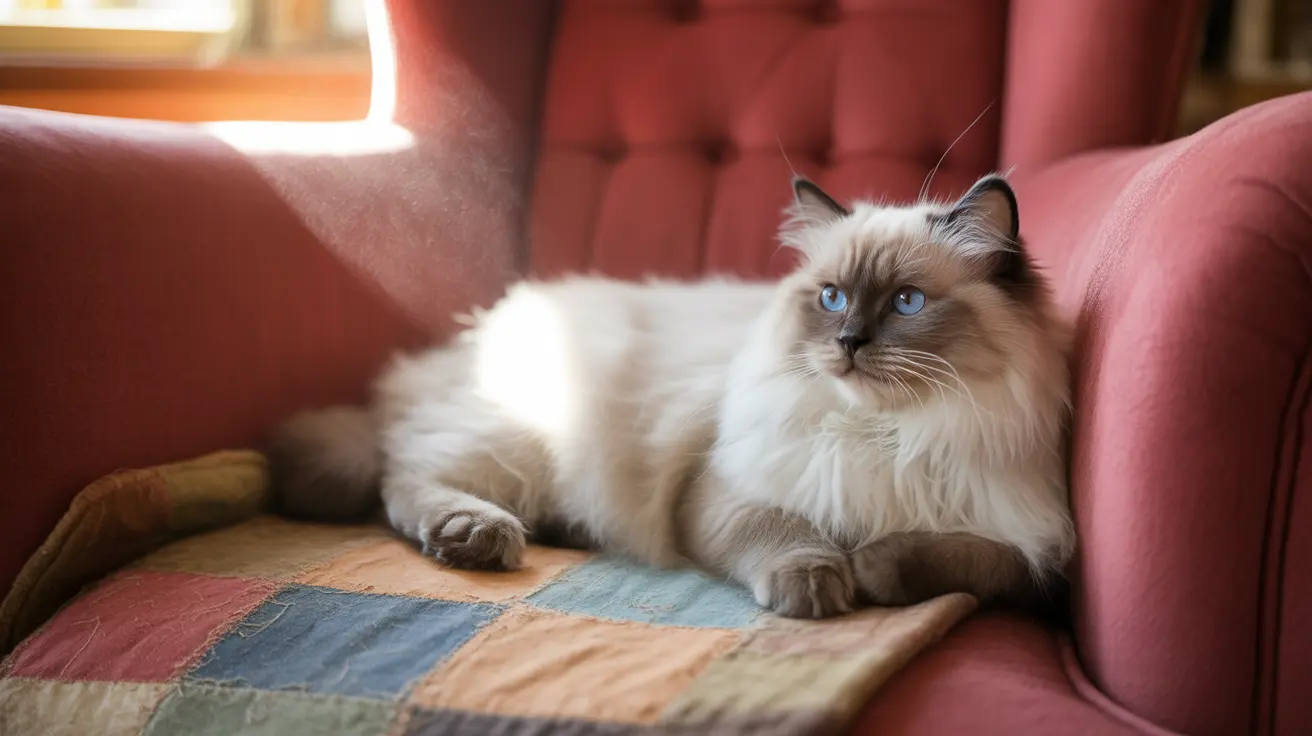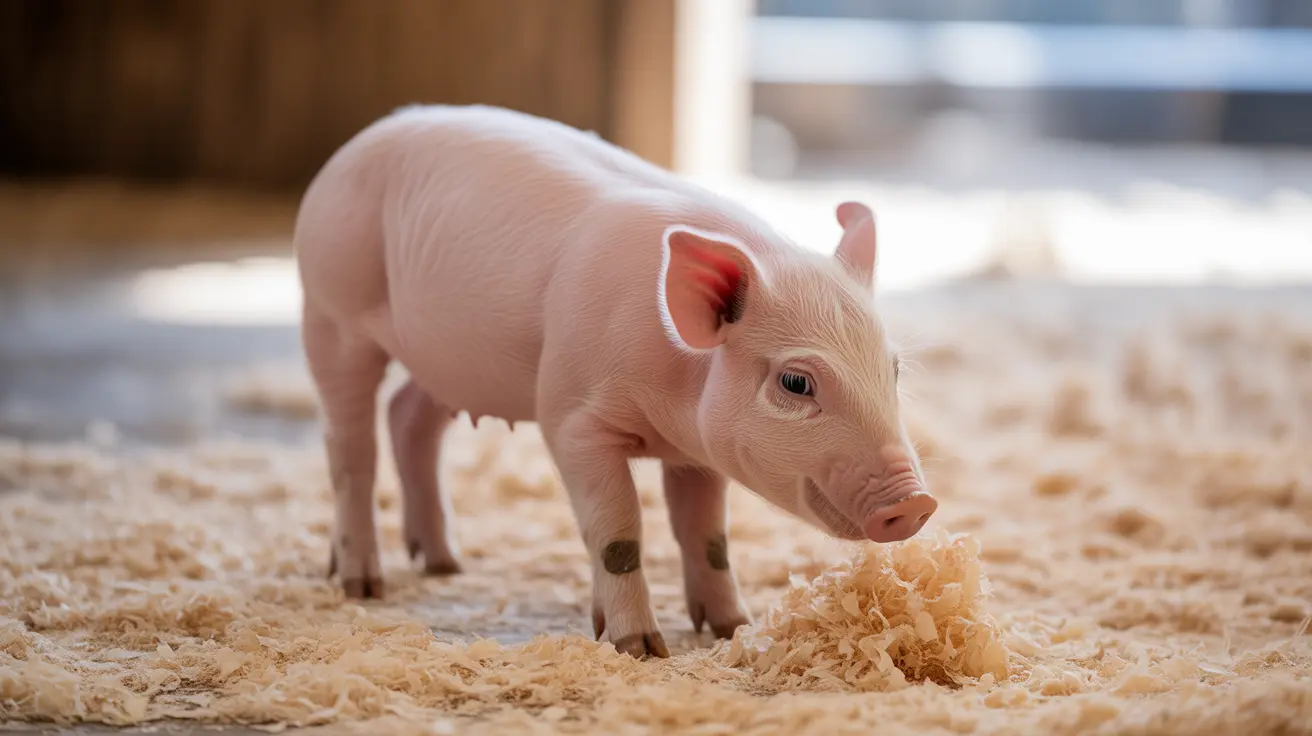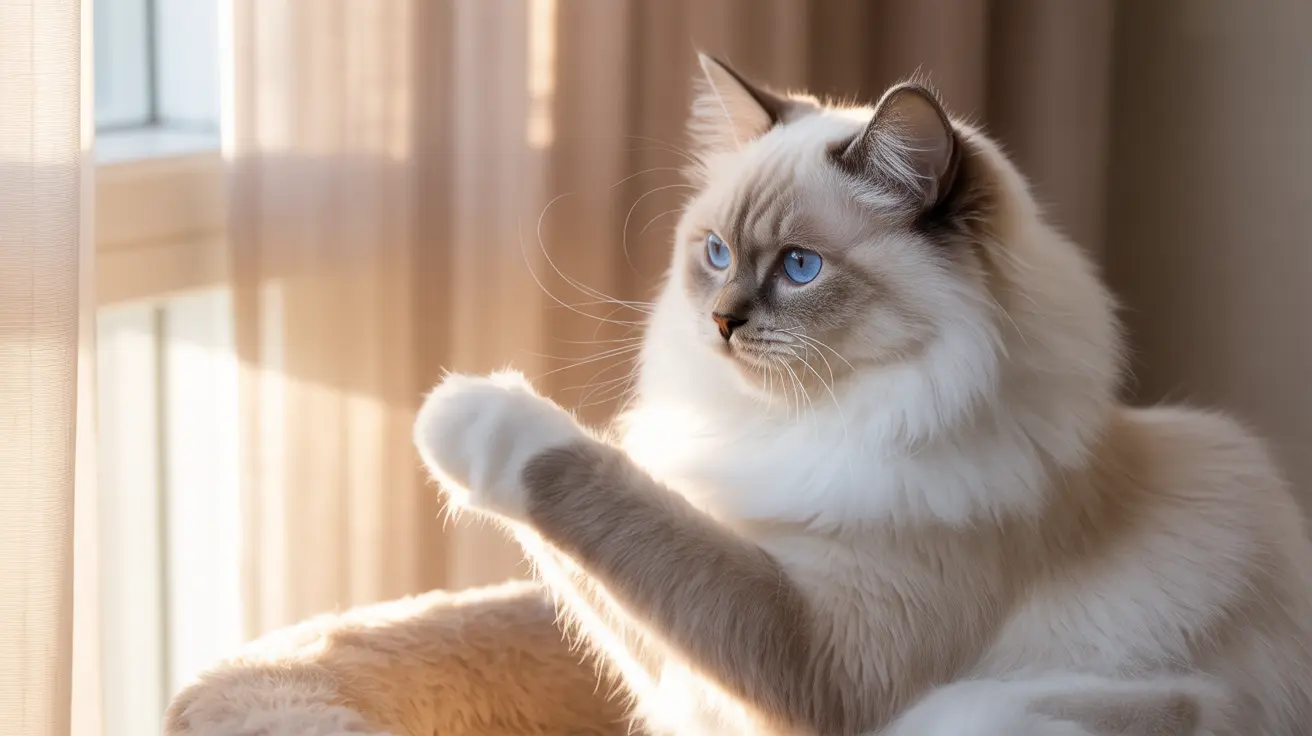How Cats Show Grief and How to Support Them Through Loss
The bond between cats and their companions—whether human or animal—runs deeper than many people realize. When loss occurs, cats experience genuine emotional distress that manifests in observable behavioral changes. Understanding how cats show grief and learning effective ways to support them through their mourning process can make a significant difference in your feline companion's emotional well-being and recovery.
Unlike humans, cats cannot verbalize their feelings of loss, but their behavior provides clear evidence of mourning. Scientific research, including a comprehensive 2024 study from Oakland University involving 412 cat caregivers, confirms that cats do indeed grieve and exhibit measurable behavioral changes following the death of a household companion or human family member.
Understanding the Science Behind Feline Grief
The American Society for the Prevention of Cruelty to Animals (ASPCA) conducted a groundbreaking 1996 study that revealed 65% of cats experienced four or more behavioral changes indicating grief after losing a feline companion. This research established the scientific foundation for understanding that cats are social animals capable of forming deep attachments and experiencing genuine mourning.
More recent research from Oakland University surveyed cat caregivers and found that behavioral changes in grieving cats correlated directly with the length and quality of the relationship between the animals. This suggests that the depth of grief cats experience is proportional to their emotional bond with the deceased companion, much like human grief responses.
Recognizing the Signs of Grief in Cats
Cats demonstrate grief through various behavioral and physical changes that closely resemble human mourning patterns. These signs center around the loss of their companion and the disruption of their established social bond.
Physical and Behavioral Indicators
According to research findings, 46% of grieving cats experience reduced appetite, which can lead to concerning weight loss if prolonged. Many cats also exhibit sleep disturbances, either sleeping significantly more than usual or suffering from insomnia and restlessness.
Other common signs include becoming depressed and listless, showing reluctance to engage in previously enjoyed play activities, displaying slower movements, and engaging in more sulking and hiding behaviors. Some cats may change their preferred sleeping spots, possibly seeking areas that held significance to their deceased companion.
Vocal and Social Changes
Approximately 70% of grieving cats alter their vocalization patterns, which may include increased crying, calling out for their lost companion, or conversely, becoming unusually quiet. Many cats also exhibit increased clinginess and seek more attention and affection from their human family members, as if attempting to fill the social void left by their loss.
Searching behavior is another significant indicator, where cats may roam the house looking for their deceased companion, check familiar resting spots, or wait by doors expecting their return. This behavior suggests that cats may not fully comprehend the permanence of death and hold onto hope for their companion's return.
The Phases of Feline Grief
Similar to human grief, cats typically experience mourning in distinct phases, though the timeline and intensity can vary significantly based on individual personality and the strength of their bond with the deceased.
Initial Shock and Searching Phase
During the initial phase, cats often display confusion and active searching behaviors. They may vocalize more frequently, calling for their lost companion, and exhibit restless pacing or checking familiar areas where the deceased pet used to spend time. This phase can last from several days to a few weeks.
Withdrawal and Behavioral Changes
The second phase involves more pronounced behavioral changes including withdrawal from normal activities, changes in eating and sleeping patterns, and altered social interactions. Cats may become less confident, show decreased interest in play, and require more reassurance from their human family members.
Gradual Acceptance and Adaptation
Over time, most cats begin to adapt to their new reality. They may form stronger bonds with remaining family members, both human and animal, and gradually return to more normal behavioral patterns. However, some cats may retain subtle changes in personality or behavior as lasting reminders of their loss.
Effective Strategies to Support Your Grieving Cat
Supporting a cat through grief requires patience, understanding, and gentle intervention. Forced interaction should always be avoided, as this can increase stress and prolong the mourning process.
Maintaining Routine and Providing Extra Attention
Consistency in daily routines helps minimize additional stress during an already difficult time. Continue regular feeding schedules, play sessions, and other established activities while being more attentive to your cat's emotional needs.
Spend extra time engaging in your cat's favorite activities and offer special treats to encourage eating and positive associations. Increased verbal communication during routine tasks like feeding or grooming can provide additional comfort and reassurance.
Environmental Enrichment and Comfort Measures
Providing enrichment activities such as foraging toys can help occupy your cat's mind when alone and redirect energy toward positive behaviors. Consider introducing varied human interaction if your cat typically enjoys company from different family members.
Opening bedroom doors at night allows cats to feel closer to their human companions when they may be experiencing heightened anxiety or loneliness. Maintaining familiar scents and belongings can also provide comfort, especially if these items held significance to the relationship with the deceased companion.
Helpful Aids and Supplements for Grieving Cats
Several natural and therapeutic aids can help ease your cat's transition through the grief process when used appropriately and under veterinary guidance.
Natural Calming Supplements
Catnip, valerian, and fish oil supplements can provide natural relaxation benefits for anxious or stressed cats. These should be introduced gradually and used according to manufacturer instructions or veterinary recommendations.
Pheromone Therapy and CBD Options
Pheromone diffusers can create a calming environment by releasing synthetic versions of natural cat pheromones that promote feelings of security and comfort. These are particularly helpful in maintaining a peaceful household atmosphere.
CBD oil specifically designed for cats, free of THC and terpenes, may help with anxiety and stress when carefully administered according to veterinary guidance. Always consult with your veterinarian before introducing any new supplements to ensure safety and appropriate dosing.
When to Seek Veterinary Support
While grief is a normal response, prolonged or severe behavioral changes may require professional intervention. Consider veterinary consultation if your cat shows persistent appetite loss, significant weight loss, or if grief-related behaviors continue beyond several weeks without improvement.
It's crucial to rule out underlying medical issues that could be mistaken for grief symptoms. Your veterinarian may recommend behavior modification medications for severe cases or provide guidance on additional support strategies.
Timing the Introduction of a New Companion
One of the most important considerations for grieving cats is avoiding the premature introduction of a new pet as a replacement. Both the cat and the human family members need adequate time to process their loss before welcoming a new companion.
When the time is appropriate, new introductions should be done gradually and with careful attention to the surviving cat's comfort level. The new pet should never be presented as a replacement but rather as a new family member worthy of their own unique relationship.
Frequently Asked Questions
- How long do cats typically grieve after losing a companion?
The grieving process varies significantly among individual cats, but most behavioral changes begin to subside within a few weeks to several months. The duration often correlates with the length and quality of the relationship between the animals.
- Can cats sense when another pet is dying or has died?
Yes, cats have keen senses and may detect changes in their companion's scent, behavior, or physical condition before death occurs. Some cats may react to the presence of a deceased companion, though this doesn't necessarily aid in the grieving process.
- Should I let my surviving cat see the body of their deceased companion?
While some cats may show interest in investigating their deceased companion's scent or presence, this practice doesn't necessarily help with grief processing and should only be considered if deemed safe by your veterinarian.
- Is it normal for cats to show no outward signs of grief?
Yes, some cats may show no obvious signs of mourning. Cats have individual personalities and coping mechanisms, and the absence of visible grief doesn't mean they weren't affected by the loss.
- How can I tell if my cat's behavior changes are due to grief or a medical problem?
Grief-related behaviors typically begin shortly after the loss and may include searching, vocalization, and changes in routine activities. However, persistent appetite loss, significant weight loss, or behaviors lasting more than several weeks should be evaluated by a veterinarian to rule out medical issues.
- Can cats grieve the loss of human family members?
Absolutely. Cats form strong attachments to human family members and can experience intense grief when a beloved person dies or leaves the household. This grief may be complicated by additional stressors like relocation or changes in caregiving arrangements.
- When is the right time to introduce a new pet after a loss?
There's no set timeline, but it's important to wait until both you and your surviving cat have processed the loss and are emotionally ready for a new companion. Rushing this process can complicate grief and create additional stress for everyone involved.
Supporting Your Cat Through Their Journey
Understanding how cats show grief and knowing how to support them through loss is an essential aspect of responsible pet ownership. The evidence clearly shows that cats experience genuine mourning and benefit significantly from patient, compassionate care during their healing process.
Remember that grief is a natural response to loss, and with time, support, and understanding, most cats will gradually adapt to their new circumstances. By recognizing the signs, providing appropriate comfort measures, and seeking professional help when needed, you can help your feline companion navigate this difficult journey while strengthening the bond between you.






